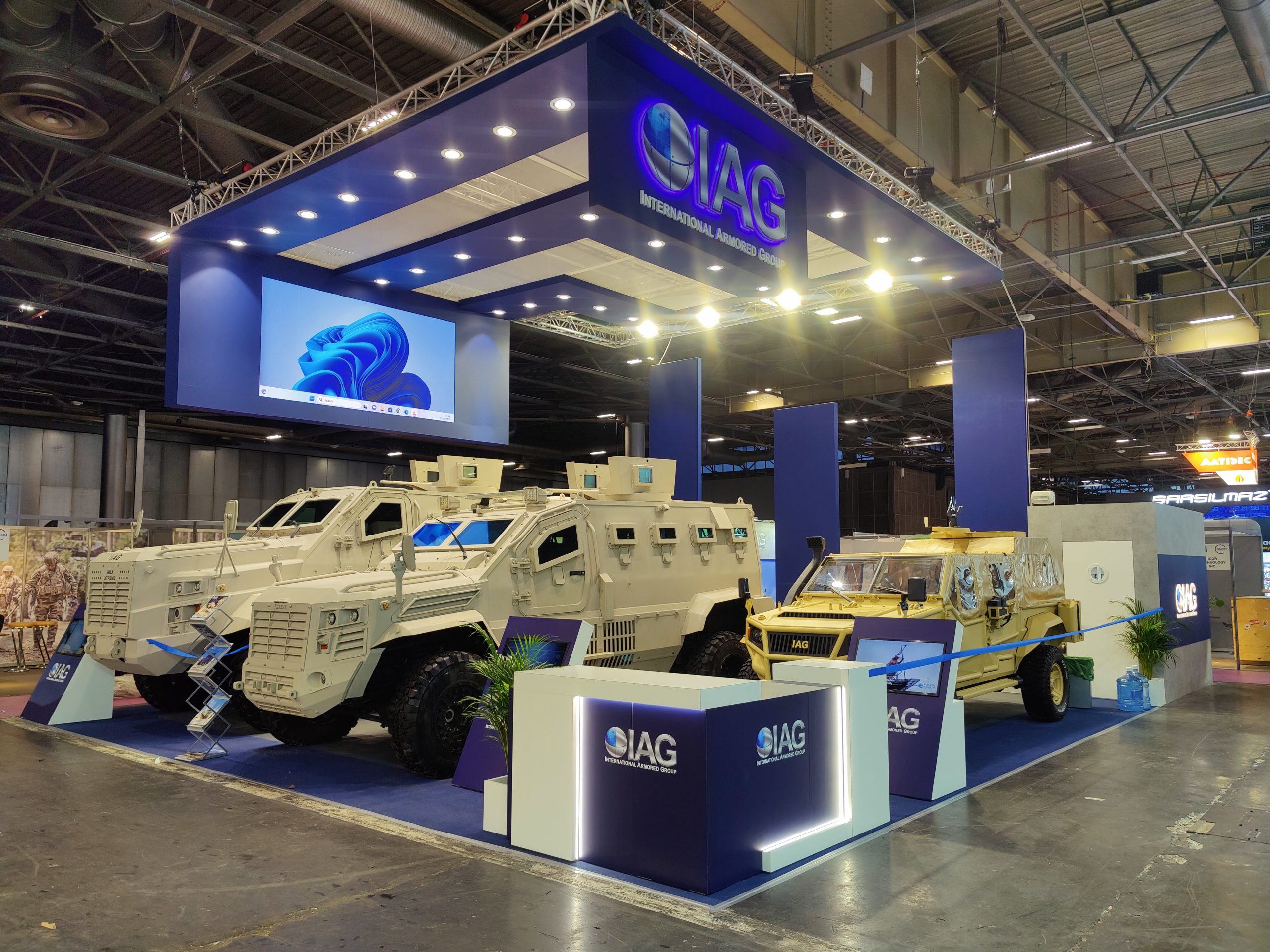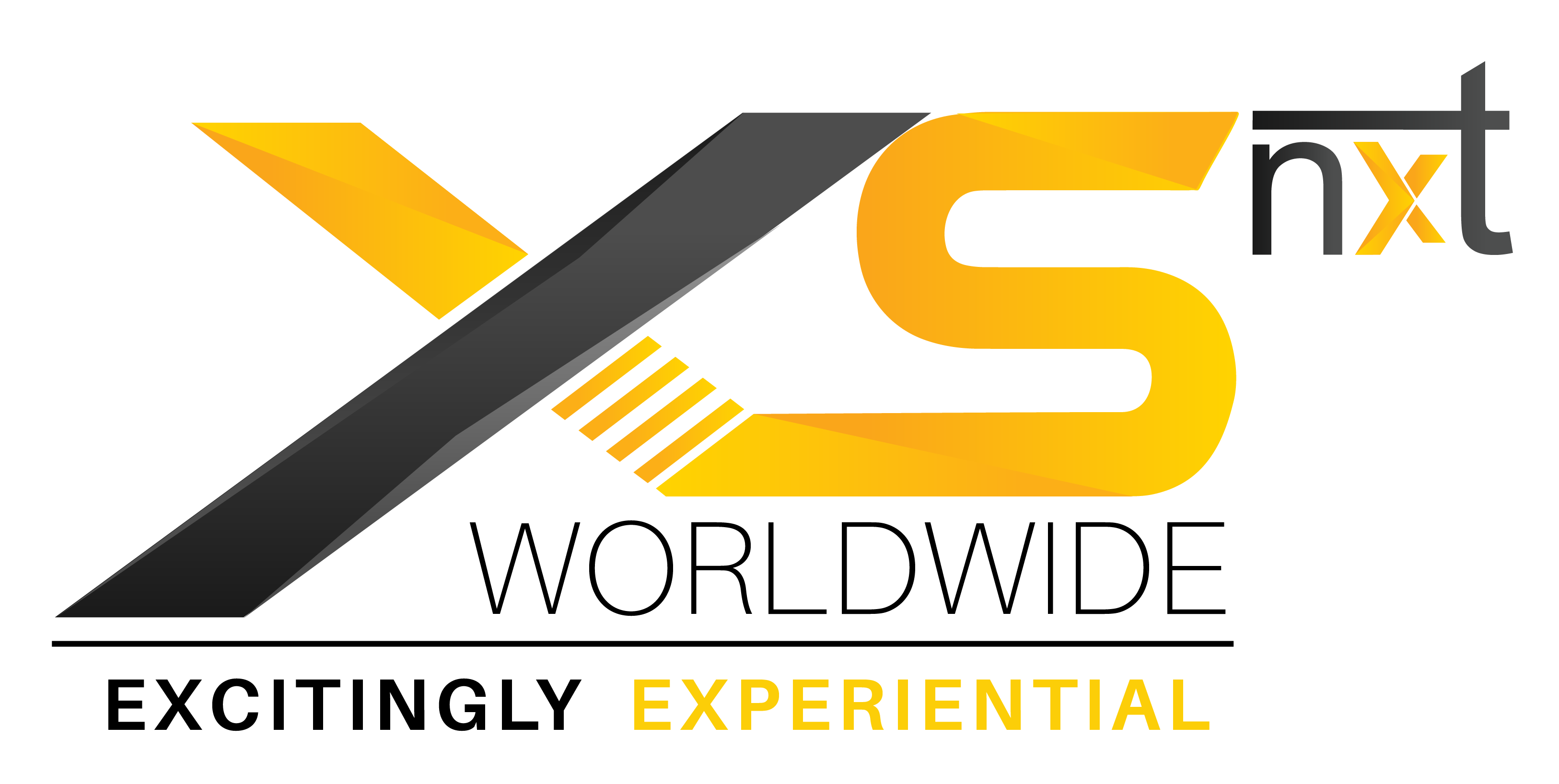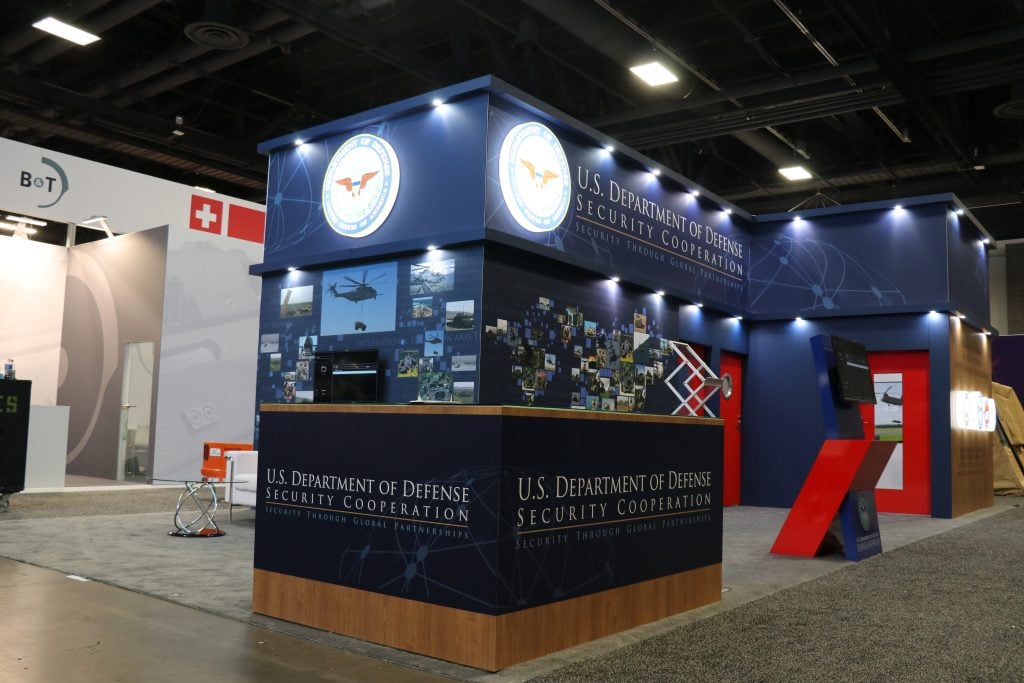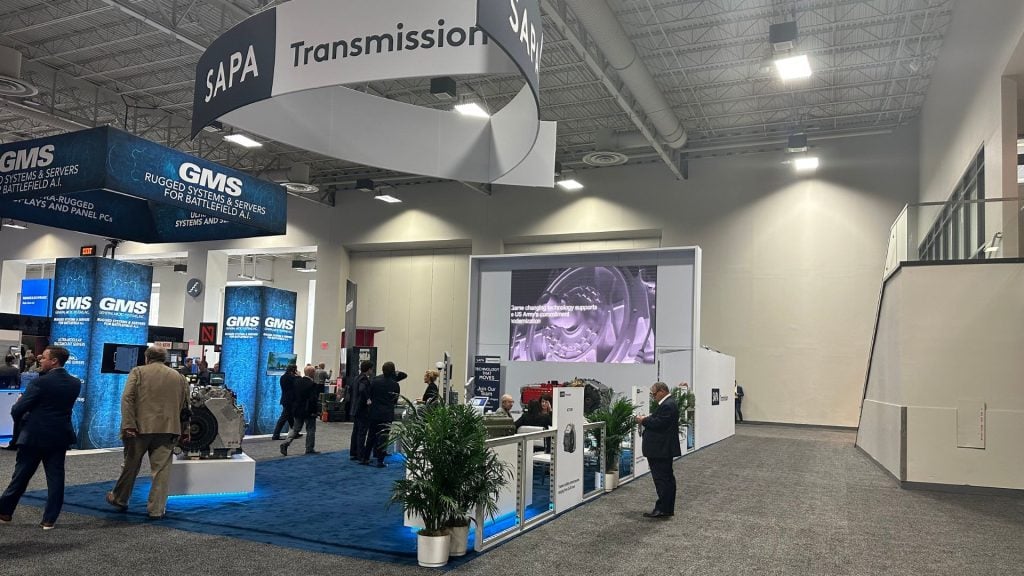
Introduction
Trade show booth builders play a pivotal role in bringing brands to life on the exhibition floor. Beyond simply constructing physical structures, these professionals harness the principles of design thinking to create immersive and impactful experiences for exhibitors and attendees alike.
In this article, we’ll delve into the application of design thinking in the process of trade show booth building, exploring how it enhances creativity, problem-solving, and overall effectiveness.
Understanding Design Thinking:
Design thinking is a human-centered approach to innovation that emphasizes empathy, creativity, and collaboration. It involves understanding the needs and desires of users, generating creative solutions to meet those needs, and iterating on those solutions through rapid prototyping and testing. Design thinking is not just about creating aesthetically pleasing designs; it’s about solving complex problems and creating value for end-users.
The Role of Design Thinking in Trade Show Booth Building:
- Empathizing with Exhibitors and Attendees: Design thinking begins with empathy, and trade show booth builders must first understand the needs, goals, and pain points of both exhibitors and attendees. By empathizing with their stakeholders, booth builders can gain valuable insights that inform the design process and ensure that the final booth meets the needs of its users.
- Defining the Problem: Once the needs and goals of exhibitors and attendees are understood, booth builders define the problem they are trying to solve. This involves clarifying the objectives of the booth, identifying key challenges or constraints, and setting clear goals for the design process.
- Ideation and Creativity: With a clear understanding of the problem, booth builders engage in ideation sessions to generate creative solutions. This often involves brainstorming ideas, sketching concepts, and exploring different design possibilities. By fostering a culture of creativity and experimentation, booth builders can push the boundaries of traditional booth design and create innovative experiences that stand out on the exhibition floor.
- Prototyping and Testing: Design thinking emphasizes rapid prototyping and testing to iterate on ideas and gather feedback from users. Booth builders create mockups or prototypes of their booth designs and solicit feedback from exhibitors and other stakeholders. This iterative process allows booth builders to refine their designs, address any issues or concerns, and ultimately create a booth that meets the needs of its users.
Benefits of Design Thinking in Trade Show Booth Building:
- Enhanced Creativity and Innovation: Design thinking encourages booth builders to think outside the box and explore unconventional solutions to design challenges. By embracing creativity and innovation, booth builders can create booths that captivate and engage attendees, driving brand awareness and generating leads.
- Improved Problem-Solving: Design thinking provides a structured framework for problem-solving, allowing booth builders to identify and address challenges more effectively. By defining the problem, generating ideas, and testing solutions, booth builders can overcome obstacles and create booths that meet the needs of exhibitors and attendees.
- User-Centered Design: Design thinking prioritizes the needs and preferences of users, ensuring that booth designs are tailored to the unique requirements of exhibitors and attendees. By empathizing with users, booth builders can create experiences that resonate on a personal level, fostering meaningful connections and driving engagement.
- Iterative Improvement: Design thinking is an iterative process, allowing booth builders to continually refine and improve their designs based on feedback and testing. This iterative approach enables booth builders to adapt to changing needs and preferences, ensuring that their booths remain effective and relevant over time.
Conclusion:
In conclusion, design thinking plays a crucial role in the process of trade show booth building, empowering booth builders to create immersive, impactful, and user-centered experiences.
By empathizing with stakeholders, defining problems, generating creative solutions, and iterating on designs, booth builders can create booths that stand out on the exhibition floor and drive meaningful results for exhibitors and attendees alike.
As trade show exhibits continue to evolve and adapt to changing trends and technologies, design thinking will remain a valuable tool for booth builders to create memorable and engaging experiences that leave a lasting impression.


 Global
Global Europe
Europe

